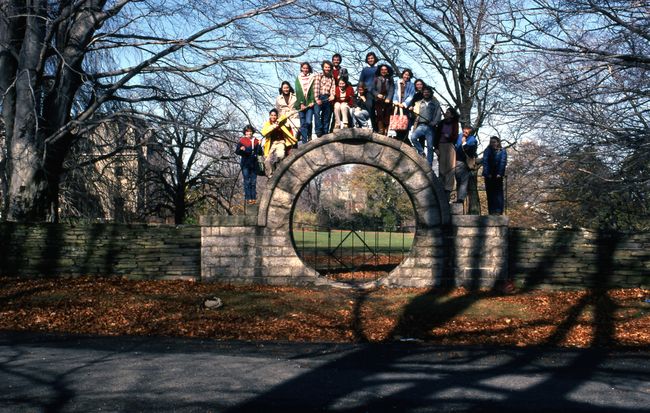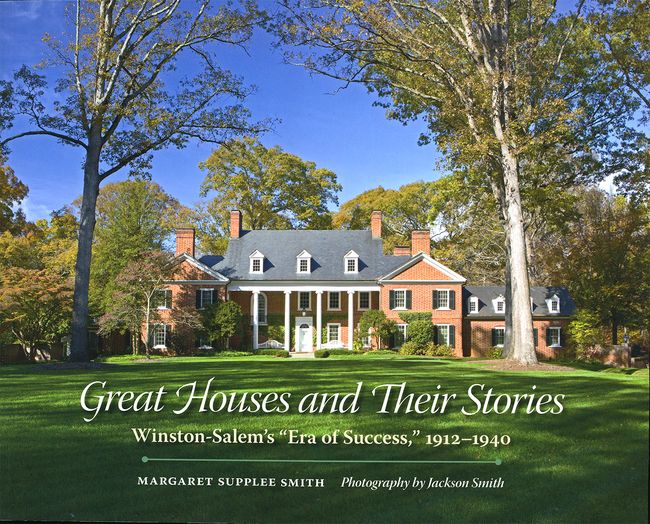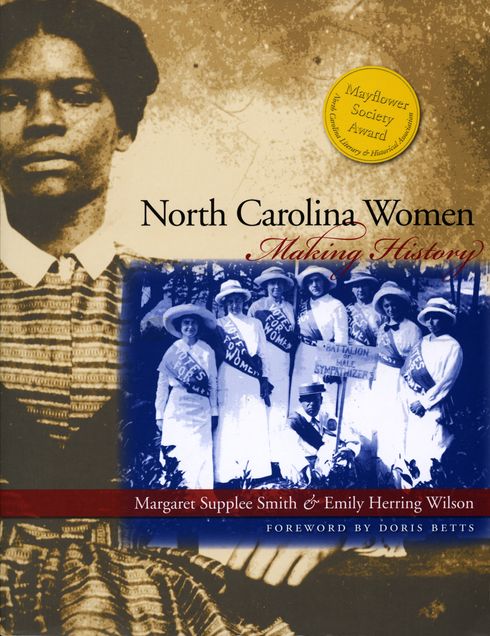
Harold W. Tribble Professor Emerita, Wake Forest University; American and Modern Architecture
(Credit headshot: Jackson Smith)
Origins of BU’s Preservation Studies Program
Margaret Supplee Smith served as the founding director of Boston University’s Graduate Program in Preservation Studies (1976–79). The 1966 National Historic Preservation Act had created a demand for trained preservation professionals, which David D. Hall, the director of the American and New England Studies Program, believed the new degree-granting program could address. Having started as a lecture series at Old Sturbridge Village, the BU program developed a curriculum and staff utilizing Boston’s significant resources in historic preservation, conservation, adaptive reuse, art, architecture, and material culture.
The successful adaptive reuse of the 1865 Boston City Hall by Anderson Notter Associates in 1971, along with other high-profile projects of commercial and industrial buildings, focused national attention on Boston as a city where old and new approaches to historic preservation coexisted. Initial classes were limited to twenty students, ten mostly local, somewhat older, men and women who had worked for years in the trenches of historic preservation without credentials and ten recent graduates from across the country eager to make their mark.

Smith was a newly minted Brown University Ph. D. who had studied with William H. Jordy and wrote her 1976 thesis, “Between City and Suburb: Architecture and Planning in Boston’s South End,” on her neighborhood where she and her husband, photographer Jackson Smith, had renovated a rowhouse using a federal loan. The South End was America’s largest intact Victorian rowhouse neighborhood, and in the 1970s, it was a huge urban renewal project whose objective was to preserve existing housing rather than to demolish it.
Since 1973, Smith had taught courses on American architectural history and painting in BU’s Department of Art, but the historic preservation program was a good fit. She liked academic research serving the public good, such as her writing the South End National Register nomination, leading walking tours for the newly emergent Victorian Society in Boston, serving on the new Boston Landmarks Commission, co-directing (with archaeologist David Starbuck) the Canterbury Shaker Village Research Project, and crafting proposals for the Boston Jubilee 350 Exhibition, “Place Over Time: The Autobiography of Boston” and Boston University’s Summer Program for the Victorian Society.

Wake Forest University and Research Areas
After Boston’s 1978 Blizzard, Smith, her husband, and teenage daughter moved to the South. She accepted a position in Winston-Salem, North Carolina, in the Department of Art at Wake Forest University, a traditionally male (until World War II) liberal arts school which had just built a modern fine arts center and whose administration was committed to raising the profile of both the arts and women on campus. As a longtime art department chair and initiator of the women’s studies program, she did both—and indeed, the arts and women have thrived at Wake Forest. In 2014, she received Wake Forest University’s Medallion of Merit, its highest award.
She also inculcated an appreciation for the University’s historic architecture in three exhibitions (with publications): “Reynolda: An American Country House,” at Reynolda House Museum of American Art (1981–82); “Wake Forest University: The First 150 Years, 1834–1984” (1984); and “Morven House to Worrell House, 1875-1987, A Social and Architectural History” highlighting Wake Forest’s London property (1987).
From 1987–99, Smith coordinated the statewide, 100-county, multi-pronged North Carolina Women’s History Project and curated the first major exhibition on women’s history for the North Carolina Museum of History (1994). Her award-winning books include North Carolina Women Making History (co-author with Emily Herring Wilson) (UNC, 1999); American Ski Resort: Architecture, Style, Experience (OU, 2013) and Great Houses and Their Stories, Winston-Salem’s “Era of Success,” 1912–1940 (Preservation NC, 2022).
She has served on various boards, including the National Register Advisory Committee (1979–87, 2000–07) and the North Carolina Historical Commission (2000–07). In 2010, she consulted with the city of Aspen and Aspen’s preservation officer (BU Preservation Studies ’93 graduate) Amy Simon on its endangered modern architecture, resulting in a 48-page report and a National Trust for Historic Preservation (NTHP) publication, Aspen Modern: America’s International Resort.
Smith, who retired from teaching in 2011, currently lives several blocks from Old Salem Museum & Gardens and is researching the restored Moravian village’s origins and donor base in the context of postwar urban renewal in Winston-Salem.
Selected Publications:
Great Houses and Their Stories: Winston-Salem’s “Era of Success,” 1912–1940 (University of North Carolina Press, 2022).
American Ski Resort: Architecture, Style, and Experience (University of Oklahoma Press, 2013).
“Charles Barton Keen, 1868–1931,” NC Architects & Builders (2013).
Aspen’s Twentieth-Century Architecture: Modernism: 1945–1975 (City of Aspen, 2010).
North Carolina Women: Making History (University of North Carolina Press, 1999).
For a detailed academic bio and CV, please see Professor Supplee Smith’s Department Profile at Wake Forest University.


